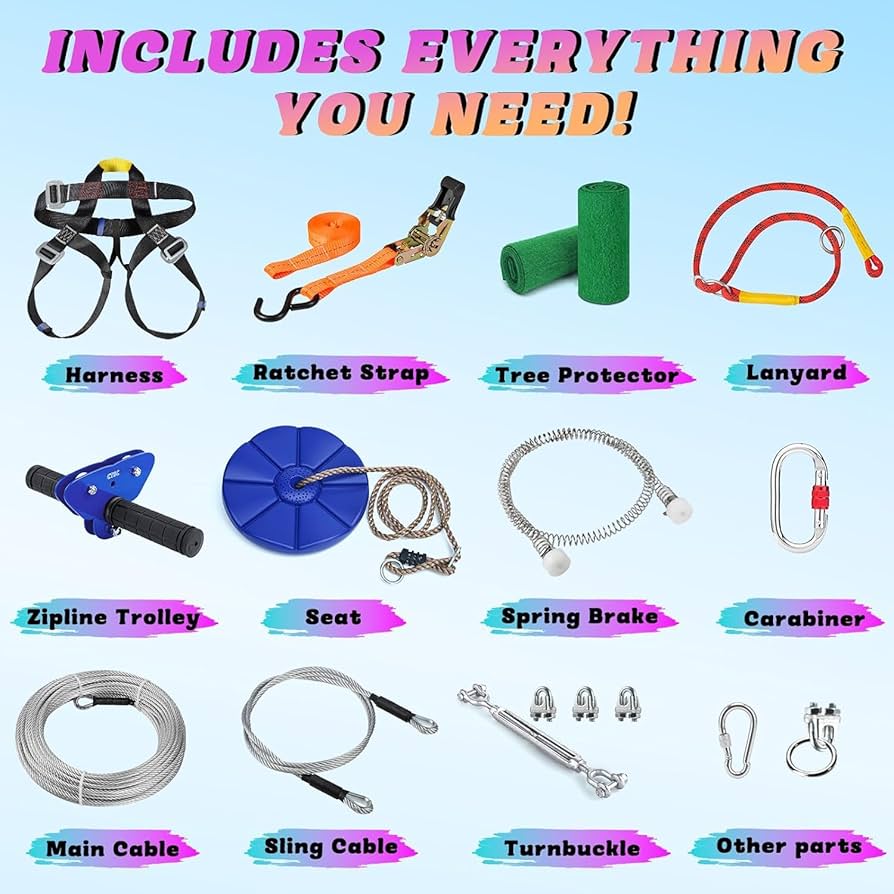Introduction to Emergency Communication Tools
Healthcare facilities face countless challenges, from medical emergencies to natural disasters. In such environments, the ability to communicate quickly and effectively can be the difference between life and death. This is where Emergency communication tools play a crucial role. They provide reliable, real-time communication methods for healthcare staff, administrators, and even patients during critical situations.
Why Emergency Communication Tools are Essential in Healthcare
Healthcare facilities cannot afford delays when emergencies strike. Whether it’s a sudden outbreak, a fire, or a security threat, emergency communication tools ensure everyone is informed instantly. These tools allow quick coordination among staff members, immediate patient updates, and real-time responses to unexpected challenges. Without them, confusion and delays could escalate risks.
Types of Emergency Communication Tools in Healthcare
Healthcare facilities can use a variety of emergency communication tools depending on their size, structure, and needs. Common examples include:
- Mass Notification Systems: Send instant alerts to hundreds of staff members simultaneously.
- Two-Way Radios: Ensure real-time voice communication even when phone networks fail.
- Overhead Paging Systems: Provide immediate instructions facility-wide.
- Mobile Alert Apps: Allow healthcare staff to receive notifications on their smartphones.
- Digital Signage Systems: Display emergency updates across waiting rooms and hallways.
Each of these emergency communication tools serves a unique purpose and helps ensure safety during urgent events.
Features to Look for in Emergency Communication Tools
Not all emergency communication tools are created equal. Healthcare facilities must choose tools that are reliable, fast, and easy to use. Key features include:
- Instant Mass Alerts to notify large groups within seconds.
- Multi-Channel Communication through text, voice, email, and push notifications.
- Integration with Existing Systems such as electronic health records and hospital databases.
- Scalability to adapt to both small clinics and large hospitals.
- Accessibility ensuring messages reach all staff, including remote workers.
Choosing the right emergency communication tools ensures seamless operations during critical moments.
Role of Emergency Communication Tools in Patient Safety
Patients are at the heart of every healthcare facility, and their safety is directly impacted by the effectiveness of emergency communication tools. In situations such as natural disasters, power outages, or security threats, clear and immediate communication can prevent panic and confusion. Staff can guide patients efficiently, coordinate evacuations, and provide reassurance. By integrating advanced emergency communication tools, healthcare providers can protect patient well-being.
Improving Staff Coordination with Emergency Communication Tools
Healthcare facilities operate with multiple departments, each with specialized roles. During emergencies, coordinating between doctors, nurses, technicians, and security staff becomes critical. Emergency communication tools eliminate delays and misunderstandings by providing real-time updates to every team. Whether through group texts, push notifications, or intercom systems, these tools ensure staff remain connected and aligned.
Emergency Communication Tools for Disaster Preparedness
Hospitals must be prepared for disasters such as floods, hurricanes, or pandemics. Emergency communication tools are central to disaster preparedness plans. They allow healthcare leaders to notify staff before an event, provide real-time instructions during the crisis, and manage recovery efforts afterward. From evacuation alerts to supply requests, these tools streamline every stage of disaster response.
Technology Integration in Emergency Communication Tools
Modern emergency communication tools are designed to integrate with cutting-edge technologies like cloud platforms, artificial intelligence, and IoT devices. For example, sensors can automatically trigger alerts if fire or hazardous gas levels are detected. Cloud-based systems ensure communication continues even if on-site servers fail. By adopting these advanced emergency communication tools, healthcare facilities enhance reliability and efficiency.
Cost-Effectiveness of Emergency Communication Tools
While some healthcare administrators worry about costs, investing in emergency communication tools can actually save money in the long run. Preventing medical errors, reducing downtime, and avoiding costly lawsuits are just a few benefits. More importantly, these tools safeguard human lives, making them invaluable. Affordable options like mobile apps or cloud-based systems make emergency communication tools accessible even for smaller clinics.
Training and Implementation of Emergency Communication Tools
Introducing emergency communication tools into healthcare facilities requires proper training and implementation. Staff must know how to use each tool effectively under pressure. Regular drills and simulations ensure the workforce is prepared for real-life emergencies. Additionally, administrators should establish clear communication protocols and backup plans. Well-trained staff paired with reliable emergency communication tools can handle any crisis confidently.
The Future of Emergency Communication Tools in Healthcare
The future of emergency communication tools is evolving rapidly. With advancements in AI, automation, and real-time translation, communication barriers will continue to shrink. Healthcare facilities may soon rely on smart devices that instantly detect risks and trigger alerts without human intervention. As technology progresses, emergency communication tools will become even more powerful and essential.
Conclusion
Healthcare facilities cannot function effectively without reliable emergency communication tools. These systems protect patients, improve staff coordination, and ensure rapid responses during crises. By adopting modern emergency communication tools, hospitals and clinics can prepare for any emergency while enhancing overall safety. As technology evolves, these tools will continue to revolutionize communication in healthcare, making them an indispensable part of every facility’s emergency response plan.



